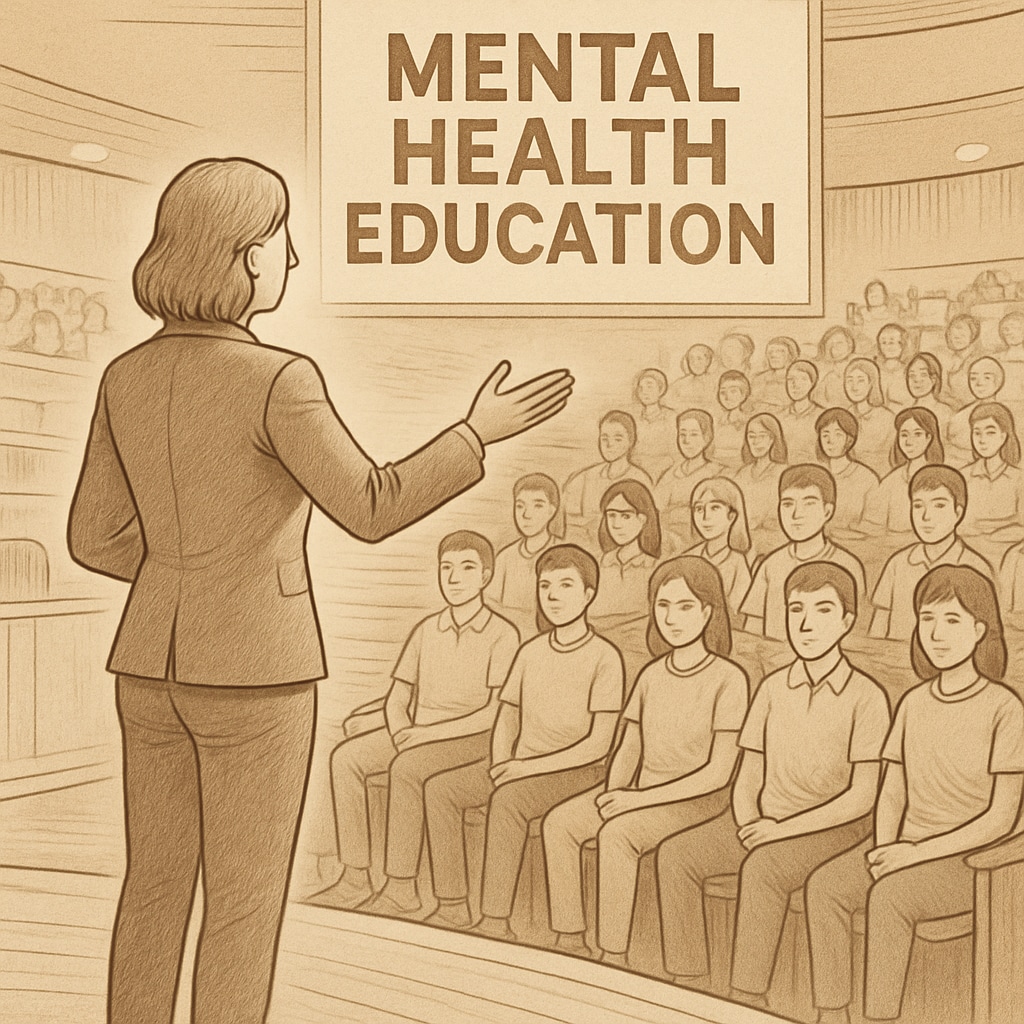Teen mental health is an increasingly pressing issue that demands innovative solutions. Organizing school assemblies led by medical students can be an effective way to address teen mental health, particularly in high school settings. These assemblies create an opportunity for young people to learn about mental health from future healthcare professionals, fostering a sense of trust and understanding. This article outlines a step-by-step guide for medical students to successfully plan, collaborate, and execute mental health assemblies in high schools.

Why Focus on Teen Mental Health?
Mental health challenges among high school students are on the rise. According to studies by organizations such as the Centers for Disease Control and Prevention, nearly one in five adolescents face mental health disorders each year. These challenges often go unnoticed, partly due to stigma and lack of education about mental health. High school assemblies provide a safe and structured environment to raise awareness, encourage conversations, and equip students with essential coping tools.
Feasibility of Medical Students Leading Mental Health Assemblies
The involvement of medical students in high school assemblies is both feasible and impactful. Medical students bring expertise, credibility, and passion to the subject of mental health. Moreover, their ability to relate to students as young adults makes them ideal messengers for this sensitive topic. Collaboration with schools is key to ensuring assemblies are well-received and integrate seamlessly into existing educational frameworks.
- Access to Resources: Medical schools often provide resources, training, and mentorship for students interested in community outreach.
- Flexible Scheduling: Assemblies can be scheduled during school hours or extracurricular time to accommodate both students and the medical team.
- Community Impact: These events strengthen ties between medical schools and local communities.

Steps to Organize a Successful Mental Health Assembly
Planning and execution are critical to making a mental health assembly impactful. Below are key steps medical students can follow:
- Needs Assessment: Partner with school administrators to identify the specific mental health challenges faced by students.
- Collaboration: Work with counselors, teachers, and parents to ensure the assembly aligns with school policies and student needs.
- Content Development: Create engaging and age-appropriate presentations. Include interactive activities, such as Q&A sessions and anonymized surveys.
- Promotion: Use school newsletters, social media, and posters to inform students about the event.
- Execution: Deliver the assembly with a focus on empathy, evidence-based information, and actionable advice.
- Follow-Up: Provide resources, such as helpline numbers or referral options, and gather feedback to improve future assemblies.
Benefits of School Assemblies for Teen Mental Health
Organizing mental health assemblies has significant benefits for both students and medical students. For high school students, these events normalize discussions about mental health and provide practical tools for managing stress and seeking help. For medical students, the experience enhances their communication skills, deepens their understanding of adolescent health, and strengthens their commitment to community service.
As a result, these assemblies act as bridges, connecting teens with resources and professionals who can support their mental well-being. They also encourage schools to prioritize mental health education as part of the curriculum, ensuring long-term positive impacts.
Readability guidance: Use concise paragraphs, bullet points, and clear transitions to ensure accessibility. Incorporate real-life examples and statistics to maintain engagement and credibility.


